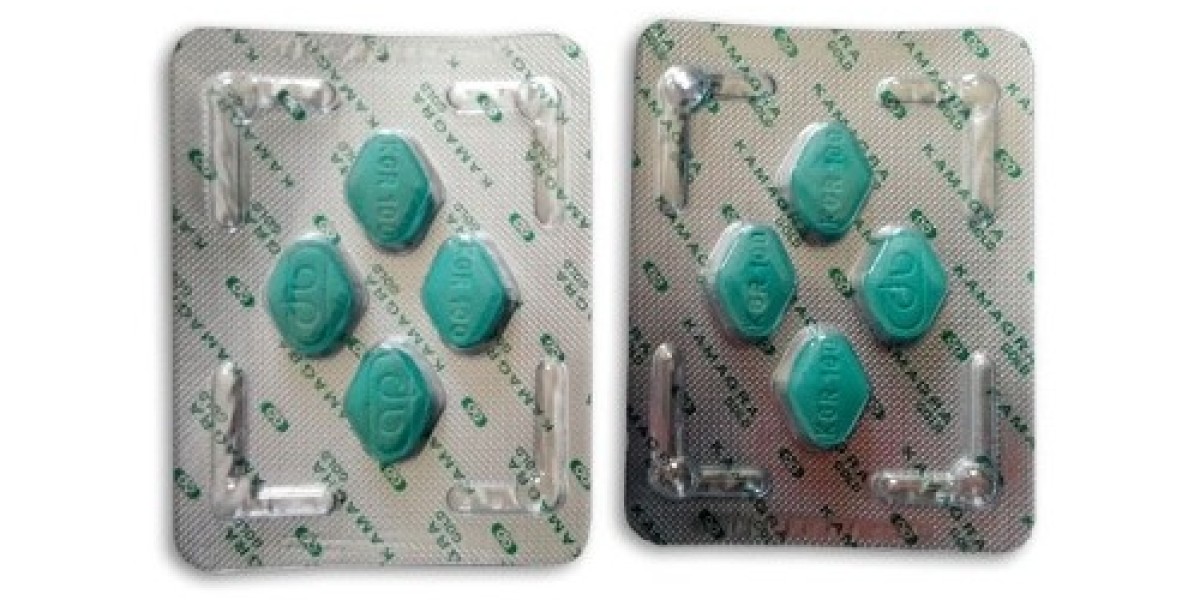Thermal scopes have revolutionized the way we perceive the world around us, especially in challenging environments. These devices detect heat signatures, allowing users to see through various obstacles that would otherwise be impenetrable to the naked eye. In this article, we will delve into the fascinating world of thermal imaging and explore the limits of what thermal scopes can see through in the field.
Understanding Thermal Imaging Technology
Thermal imaging technology operates by detecting infrared radiation, which is emitted by all objects based on their temperature. Unlike traditional night vision devices that amplify visible light, thermal scopes create images based on heat differences. This capability allows them to function effectively in complete darkness, through smoke, and even in adverse weather conditions.
Exploring the Limits: What Can Thermal Scopes See Through in the Field?
One of the most intriguing aspects of thermal scopes is their ability to see through certain barriers. However, there are limits to this capability. Let's explore some common scenarios and understand what thermal scopes can and cannot see through in the field.
Foliage and Vegetation
Thermal scopes can detect heat signatures through light foliage and vegetation. For instance, if an animal is hiding behind a bush, the thermal scope can reveal its presence by detecting the heat emitted by its body. However, dense vegetation can obstruct the thermal signature, making it challenging to identify objects accurately.
Smoke and Fog
One of the significant advantages of thermal scopes is their ability to see through smoke and fog. In firefighting or search and rescue operations, thermal imaging can be a lifesaver. The heat emitted by objects or individuals can be detected even in thick smoke, providing critical visibility in otherwise zero-visibility conditions.
Glass and Water
Thermal scopes have limitations when it comes to seeing through glass and water. Glass acts as a barrier to infrared radiation, preventing thermal scopes from detecting heat signatures on the other side. Similarly, water absorbs infrared radiation, making it difficult for thermal scopes to see through bodies of water. This limitation is crucial to consider in scenarios involving windows or aquatic environments.
Walls and Buildings
Thermal scopes cannot see through solid walls or buildings. While they can detect heat signatures on the surface of walls, they cannot penetrate through solid structures. This limitation is essential for tactical operations, as it highlights the need for complementary technologies to achieve comprehensive situational awareness.
Innovative Applications of Thermal Scopes
The ability of thermal scopes to detect heat signatures through various obstacles has led to innovative applications across multiple fields. In wildlife observation, thermal imaging allows researchers to study nocturnal animals without disturbing their natural behavior. In law enforcement, thermal scopes enhance surveillance capabilities, enabling officers to detect suspects hiding in dark or obscured areas.
In the military, thermal imaging is invaluable for night operations and identifying threats in challenging environments. Additionally, thermal scopes are used in industrial inspections to detect heat leaks, electrical faults, and mechanical issues, ensuring safety and efficiency in various industries.
Conclusion
Thermal scopes have expanded our ability to see the unseen, offering unparalleled advantages in diverse fields. While they have limitations, such as their inability to see through glass, water, and solid walls, their capability to detect heat signatures through foliage, smoke, and fog makes them indispensable tools. By understanding the limits of thermal imaging, users can maximize the potential of these devices and apply them effectively in their respective fields.
As we continue to explore the limits of what thermal scopes can see through in the field, it is evident that this technology will play an increasingly vital role in enhancing our perception and understanding of the world around us.







